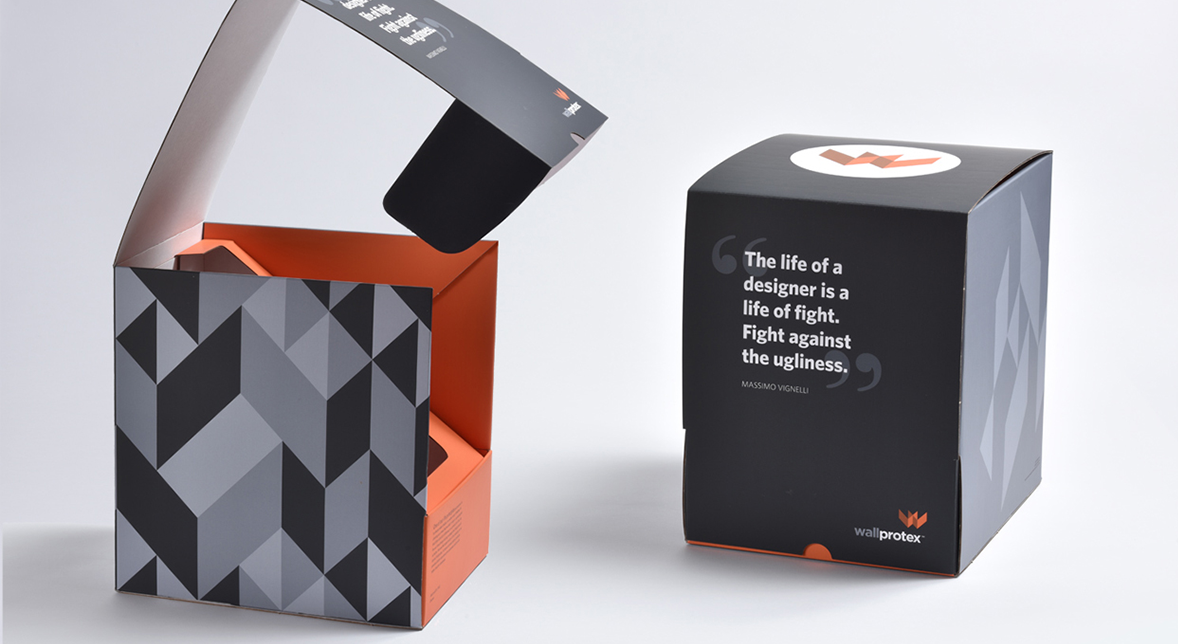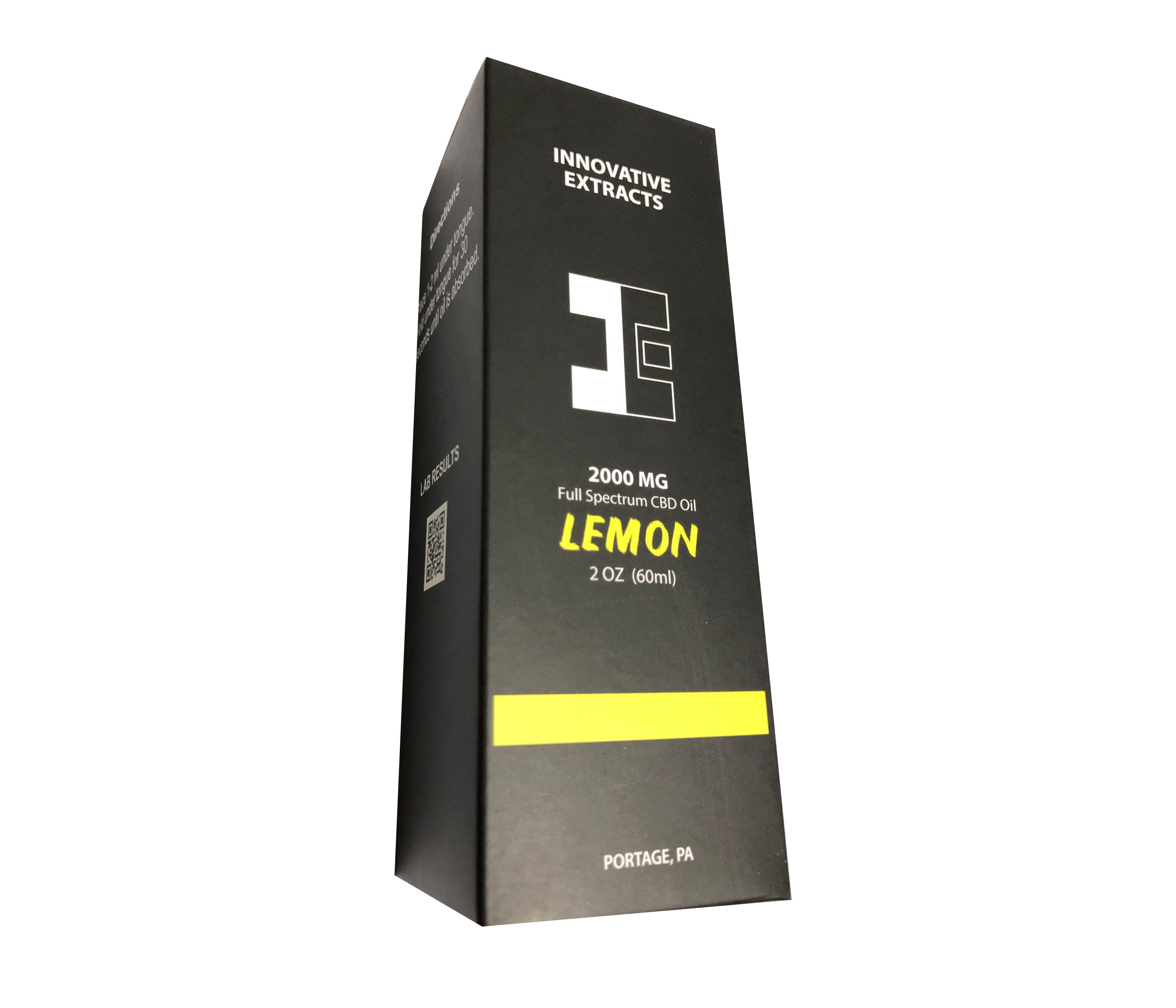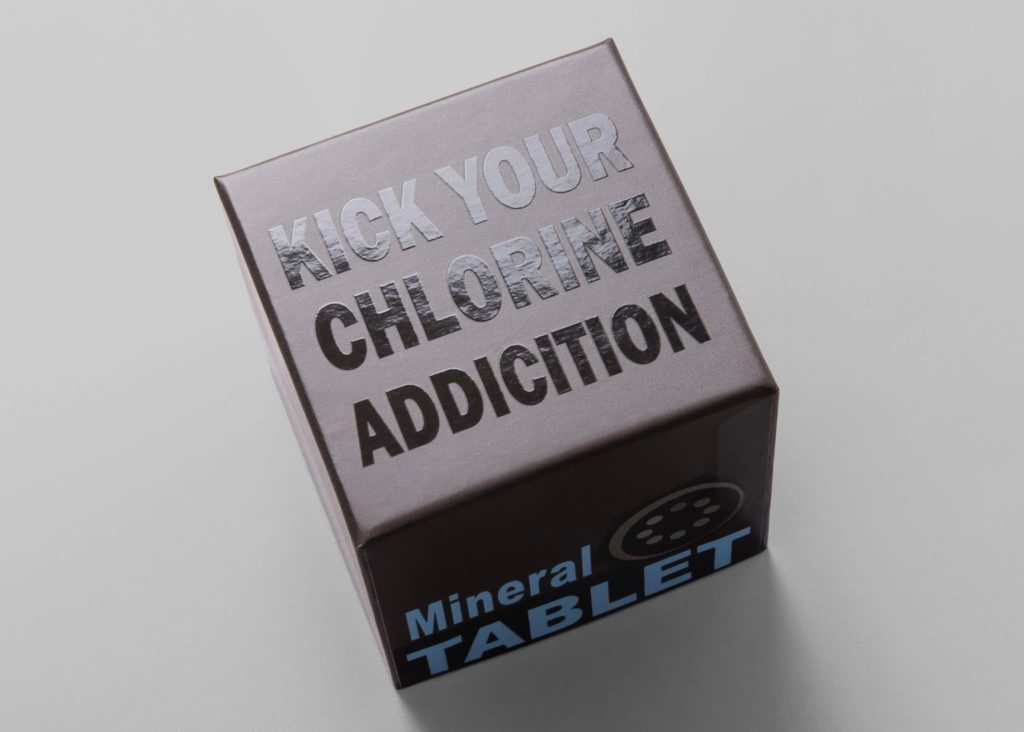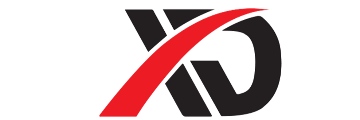In modern packaging design, lamination has become an essential post-processing technique. It not only significantly enhances the aesthetic appeal of packaging but also improves its durability and protective properties. Let’s explore the different types of lamination and how they are applied in packaging.
What is Lamination?
Lamination is the process of applying a thin film (such as plastic film) to the surface of packaging materials using heat or adhesive. This process enhances the physical properties of the packaging and provides a more refined visual effect. It is widely used for premium products, gift packaging, and marketing materials.
Common Types of Lamination
Gloss Lamination
This type of lamination is ideal for packaging that requires high gloss and vibrant colors, such as luxury product packaging. Gloss lamination makes colors appear more vivid and enhances the visual appeal of the packaging.
Matte Lamination
Offering a soft, non-glossy finish, matte lamination adds a touch of understated luxury and is often used for high-end gift boxes and premium stationery packaging, providing a refined, tactile feel.
Silk Lamination
Silk lamination provides a smooth, soft texture with a delicate sheen, often used for products that require a high-end touch and feel. This type of lamination adds a unique charm to the packaging, giving it an elegant look and feel.
Waterproof Lamination
Waterproof lamination enhances the durability of packaging, particularly for food packaging and outdoor products, ensuring that the packaging can withstand various environmental conditions.
Advantages of Lamination
Enhanced Durability: Lamination strengthens the packaging, making it more resistant to wear and tear, scratches, and moisture. It helps maintain the packaging’s integrity during storage and transport.
Improved Visual Appeal: Whether gloss or matte, lamination elevates the packaging’s look, making the brand more eye-catching.
Water and Dirt Resistance: Waterproof lamination protects the packaging from moisture and stains, ensuring it stays clean and intact.
Eco-friendly Options: With increasing environmental awareness, the use of water-based adhesives and recyclable films is becoming a growing trend in lamination, offering more sustainable choices.
Applications of Lamination
Premium Gift Packaging: Lamination is used to create high-end packaging that showcases a brand’s image, enhancing the overall customer experience.
Food Packaging: Waterproof lamination ensures that food packaging stays intact and protected from moisture, preserving product quality.
Marketing Materials and Business Cards: Glossy or matte lamination is commonly used for promotional materials like brochures, marketing brochures, and business cards to provide a premium tactile experience.
Future Trends
As consumer demand for customized packaging grows, lamination techniques are evolving. More brands are exploring eco-friendly and innovative materials to meet the demand for sustainable packaging. Additionally, with the rise of digital printing technologies, personalized and smart lamination techniques will become an important trend in the future of packaging.
Conclusion
Lamination is not just a protective process in packaging; it can also add value and prestige to a brand. When choosing the right lamination technique, consider the packaging’s purpose and target customer base. Are you already using lamination to enhance your product packaging? Feel free to share your experiences and thoughts in the comments!

